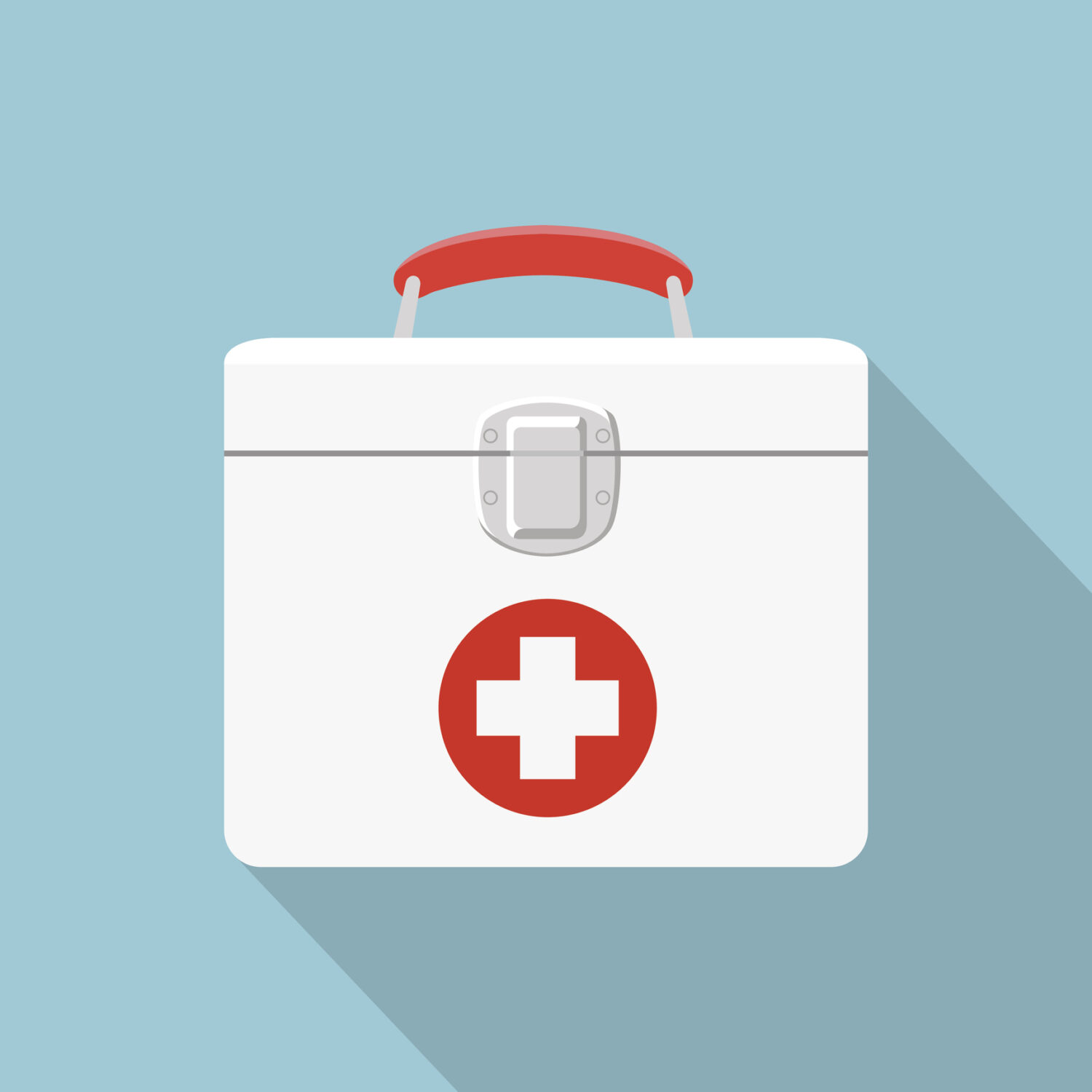From minor ailments to more serious injuries, every new home should have a first aid kit. Not only can such supplies reduce the risk of infection or an injury’s severity, they can treat cuts, scrapes, sprains and burns. It’s fairly easy to buy a prepared kit in the store or online, or you can prepare your own. Here are some of the common supplies that should be in your first aid kit, as well as some tips to keep your family safe.
In order to prepare for emergencies:
- Keep a first aid kit in your car and in your home.
- Carry with you a first aid kit or know the exact place where one is kept.
- Learn the location of first aid kits at your place of employment.
Supplies You Need
- Include personal items such as emergency phone numbers, medications, prescriptions, or other healthcare provider-suggested items.
- Check the kit regularly and make sure it’s always stocked.
- Check expiration dates, replacing any out-of-date or used contents.
The Red Cross recommends the following items for a family of four:
- 2 absorbent compress dressings
- 25 adhesive bandages (various sizes)
- 1 adhesive clothe tape
- 5 each of antibiotic ointment and wipe packets
- 2 packs of aspirin
- 1 blanket
- 1 breathing barrier (one-way valve)
- 1 instant cold compress
- 2 pair of non-latex gloves
- 2 hydrocortisone ointment packets
- Scissors
- 2 roller bandages
- 10 sterile gauze pads
- Thermometer
- 2 triangular bandages
- Tweezers
- Flashlight or glow sticks
Blister kit for camping and hiking
- Molefoam
- Moleskin
- 2nd Skin
- Medical tape
For major wounds and fractures
- Moldable foam splint
- Emergency Trauma Dressing (Ace wrap)
- Tourniquet
- Wound packing gauze
OTC medications to consider for travel
- Ibuprofen
- Acetaminophen
- Aspirin
- Anti-histamine
- Immodium
- Sudafed
- Cough drops
- Bismuth tabs
- Oral rehydration
- Cranberry extract
- Dramamine
- Stool softener
Kit Check-Ups and Other Reminders
It’s important to check your kit regularly to make sure it’s stocked and has no expired items. It’s easy for other household members to deplete the bandage supply, for example, and you don’t even know it till there’s one left.
Make sure flashlight batteries and thermometer batteries work. It’s also a good idea to take a first-aid course through the American Red Cross. Contact your local chapter to learn more about when and where classes are offered.
Prepare your kids for medical emergencies according to their ages. You can sign older kids up for classes so they understand and can apply first-aid techniques.
Create a Home Safety Plan
First aid kits are a great start but they’re not the only way you can keep your family safe. Here are some steps to take.
Identify Two Safe Meeting Areas
Select the two safest areas in your home: one will be your primary meeting spot, and the other will be your alternative. The safest spots are areas without windows and areas closest to the ground, making basements or first-floor interior bathrooms the safest choices. Even a long hallway would work.
Determine Two Outdoor Meeting Areas
In the event your family becomes separated during an emergency, identify two safe outdoor meeting spots where you can all reunite (a primary one and an alternative one). Your outdoor meeting area will be the primary escape destination if a fire were to break out.
Draw a Diagram
Children are visual beings, and they also need a lot reminders. Create a color-coded diagram of the many escape routes. Choose their favorite color for the primary safety plan so they can easily remember it in an emergency.
Dial 911
Teach your child how to dial 911, and make sure they know never to dial it unless it is a true emergency. Make sure they know their full address and can recite their phone number.
Know Your Equipment
With the exception of very young children, all members of the household should know how to operate a fire extinguisher as well as how to identify the sound of a smoke or carbon monoxide alarm.
Practice
Practice is the key to emergency preparedness. In an emergency, you will likely feel fear and panic, which makes it easier to react on impulse. But if you have drilled your home safety plan into everyone’s head, it will be easier to remain calm. Practice your safety plan once a year, during different conditions, both at night and during the day. Because the dark amplifies fear, you want your children to know their way around and not panic.
Contact Moving Proz
If you’re getting ready to move and need help, contact us for a free estimate and more information in Overland Park, Lawrence, Kansas City, and Denver.

